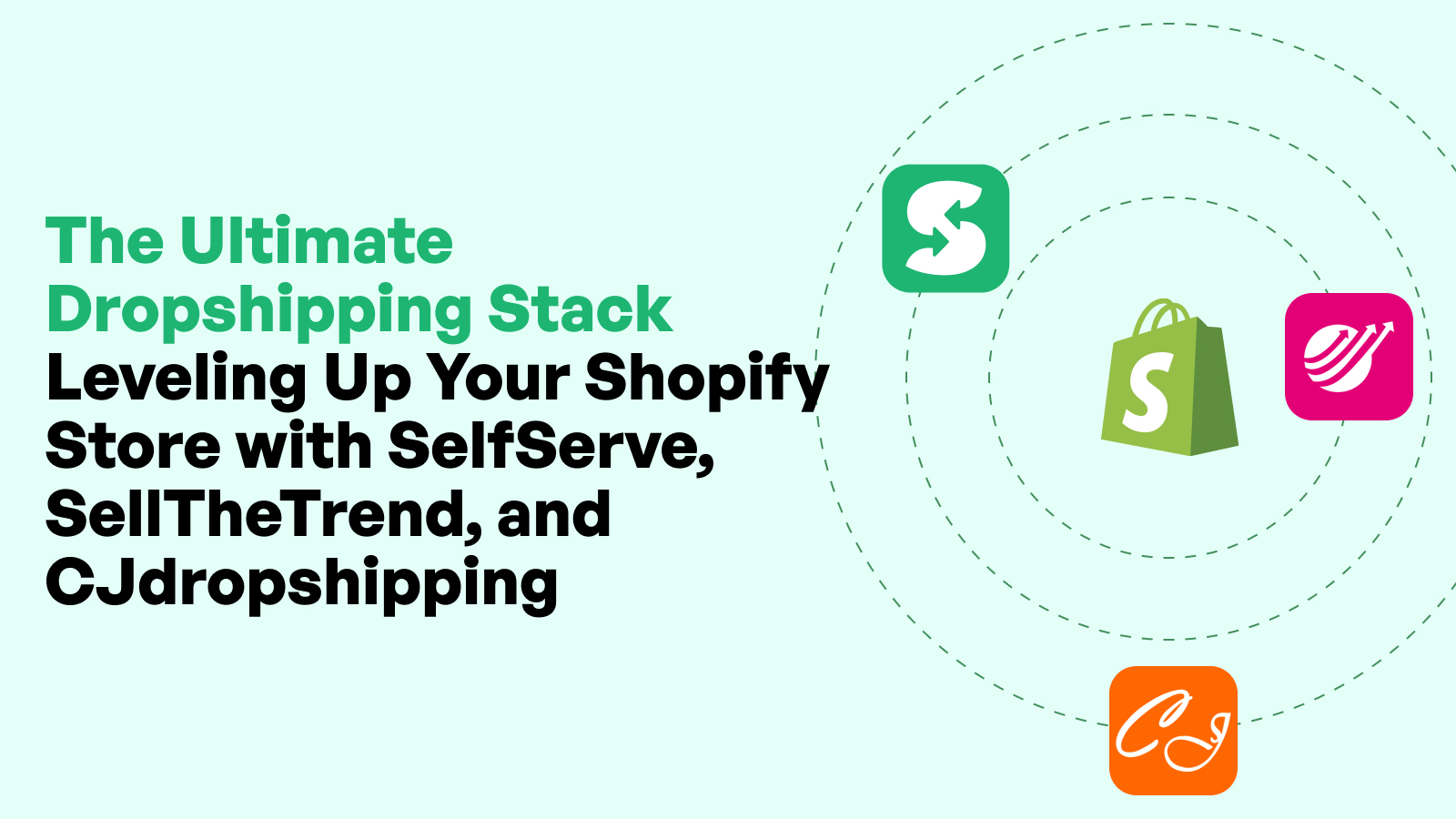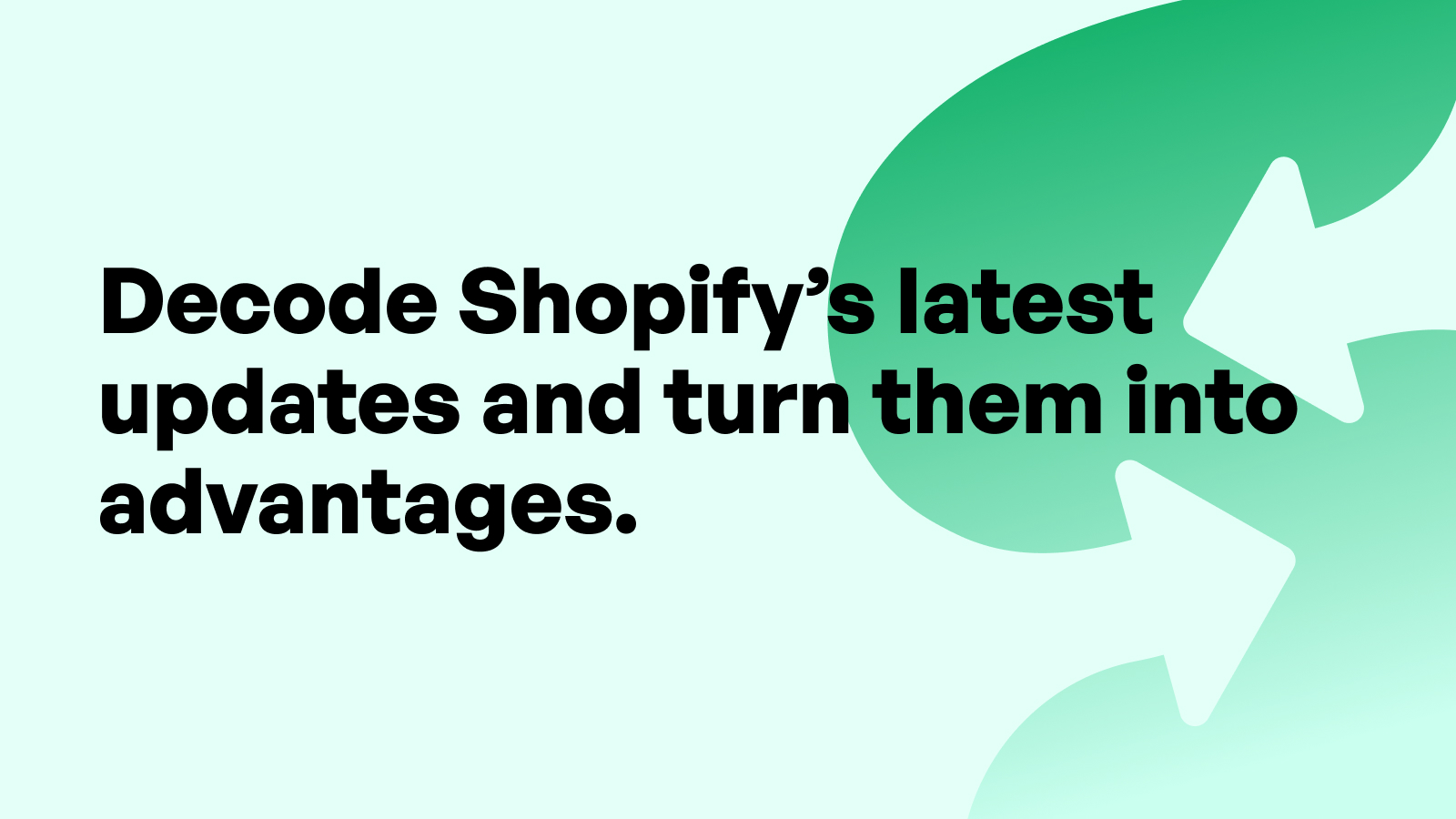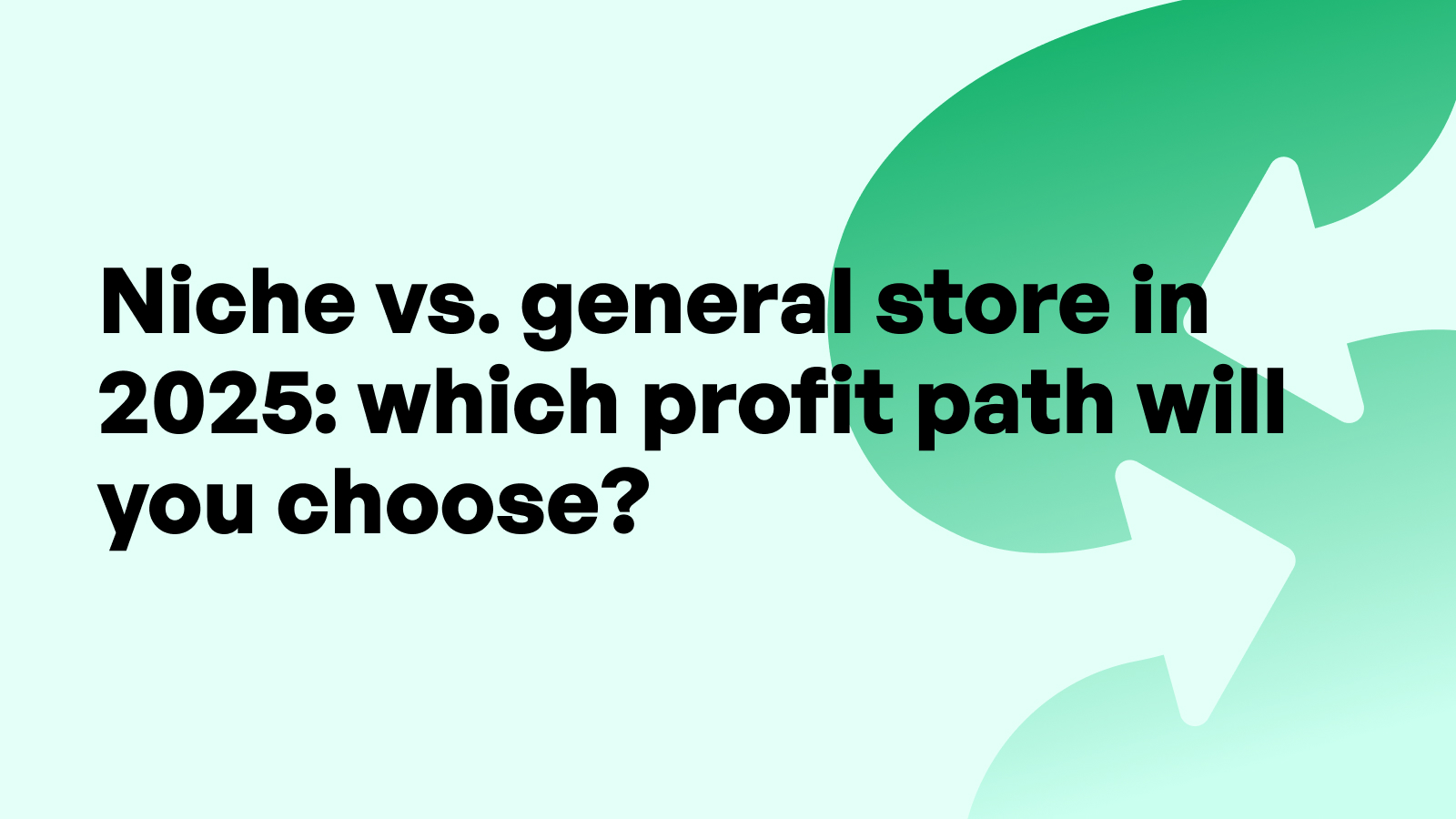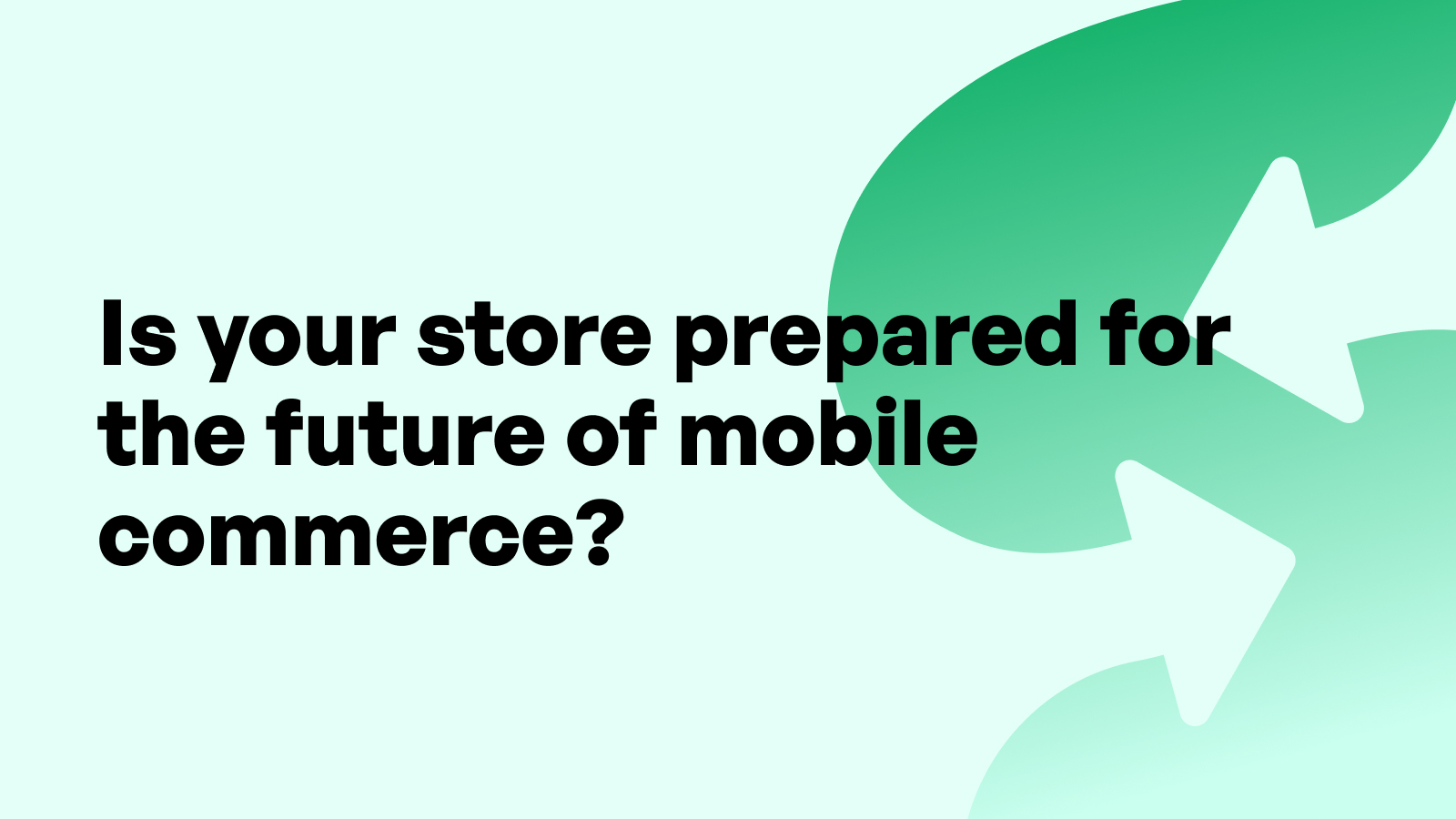5 Ways to Increase Repeat Purchases Without Discounting

Introduction
For Shopify merchants, increasing customer lifetime value is one of the most effective ways to grow revenue without continuously pouring budget into customer acquisition. While offering discounts can temporarily boost repeat purchases, it’s not always sustainable and often undermines perceived product value. Instead, merchants must focus on building stronger customer relationships, improving post-purchase engagement, and delivering exceptional brand experiences that naturally encourage customers to return. This guide explores five powerful, non-discount strategies Shopify merchants can implement today to increase repeat purchases and cultivate long-term loyalty.
The Psychology Behind Repeat Purchases
Understanding Customer Retention vs Acquisition
Acquiring a new customer is significantly more expensive than retaining an existing one. Yet many Shopify merchants allocate most of their resources to top-of-funnel efforts, neglecting the rich opportunities within their existing customer base. Retention strategies are built on emotional connection, trust, convenience, and satisfaction. When customers feel valued and understood, they are more likely to return—without needing price incentives to do so.
Understanding the cost dynamics between acquisition and retention is key. It costs five to seven times more to acquire a new customer than to retain an existing one, yet returning customers typically spend 67% more on subsequent purchases. These figures highlight why Shopify merchants must prioritize experience, personalization, and post-sale nurturing.
Why Repeat Customers Are More Valuable
Repeat customers are not only more likely to purchase again—they are also more likely to spend more per visit, convert at higher rates, and refer others to your store. For Shopify merchants, a base of loyal customers provides consistent cash flow, positive reviews, and a buffer against fluctuating ad costs or market disruptions. The second purchase is often the most critical point of retention; if a shopper buys again, they’re more likely to become a long-term customer.
Focusing on second and third-time purchases increases the chances of habitual buying. Repeat customers are already familiar with your products and brand, meaning less friction during the buying journey. This allows merchants to focus less on persuasion and more on delight, further deepening customer loyalty.
Common Triggers Behind Second and Third Purchases
Several triggers can nudge customers toward repeat purchases. These include positive first impressions, timely follow-ups, relevant product recommendations, and ongoing communication that adds value. Shopify merchants should pay attention to behavior patterns, such as when users revisit your site, open post-purchase emails, or engage with your brand on social media.
Another key factor is timing. Depending on your product category, there may be a typical replenishment or usage cycle. Merchants who understand this timeline can proactively prompt repeat visits just when the customer is ready to buy again. Emotional touchpoints, such as gratitude messages, surprise perks, or exclusive content, also reinforce brand affinity and increase the likelihood of repurchase.
1. Elevating the Post-Purchase Experience
Building Confidence With Transactional Messaging
Transactional emails, like order confirmations and shipping updates, are often overlooked as marketing tools. Yet they have some of the highest open rates of any communication. Shopify merchants should view these emails as strategic opportunities to reinforce trust, provide value, and set expectations.
An order confirmation should do more than confirm a purchase—it should thank the customer, explain next steps, and introduce helpful content. Shipping notifications can include links to customer support, return instructions, or product tips. Clear, proactive messaging reduces anxiety and shows that you’re invested in the customer’s experience after the sale, not just during it.
Order Confirmation and Shipping Updates
Effective transactional messages go beyond the basics. Shopify merchants can use order confirmations to build anticipation by adding product care tips or usage videos. Shipping updates should include estimated delivery windows, tracking links, and reassurance that support is available if needed.
These simple enhancements help reduce post-purchase dissonance and keep customers engaged between checkout and delivery—a critical window of opportunity for reinforcing brand trust.
Unboxing and Product Setup Guidance
The unboxing experience can set the tone for future purchases. Shopify merchants should consider how the product is presented and whether helpful instructions are included. A follow-up email with setup guides or care instructions shows commitment to the customer’s success and adds immediate value.
Unboxing is also a shareable moment. Encouraging customers to tag your brand when opening their packages can boost word-of-mouth marketing and build community—another driver of return visits.
Onboarding Sequences That Create Product Stickiness
A structured onboarding sequence isn’t just for software—it’s equally valuable in commerce. For Shopify merchants, this might look like a series of emails that welcome the customer, explain how to get the most from their purchase, and introduce complementary products.
The goal of onboarding is to help customers integrate the product into their lives. This might include usage tips, FAQs, or care suggestions. When customers get value quickly and feel supported, they’re more likely to come back. A well-planned onboarding flow reduces returns, increases satisfaction, and enhances product longevity—all of which contribute to repeat purchases.
Using Post-Purchase Surveys for Experience Insights
Feedback is gold for Shopify merchants. A simple post-purchase survey—sent after delivery—can provide insights into the customer’s experience and reveal friction points. Ask about product satisfaction, site usability, and likelihood to recommend.
More importantly, act on the feedback. Thank customers for their input and let them know how you’re improving based on their suggestions. This two-way interaction shows you care and encourages shoppers to feel invested in your brand’s growth.
SEO Meta Title: Increase Repeat Shopify Purchases Without Discounts
SEO Meta Description: Discover 5 expert strategies Shopify merchants can use to drive repeat purchases—without relying on discounts or devaluing your brand.
2. Personalizing Communication and Product Recommendations
Leveraging Purchase History for Targeted Messaging
Shopify merchants have a powerful advantage when it comes to driving repeat purchases: access to rich first-party data. One of the most effective ways to re-engage past customers is by tailoring communication based on their previous purchases. Rather than sending generic follow-up emails, merchants can craft personalized messaging that reflects each customer’s unique buying behavior.
For example, if a customer purchased skincare products, you can suggest complementary items like accessories or restocks at appropriate intervals. This approach demonstrates that your brand understands the customer’s needs and helps them discover new value. The key is relevancy—customers are more likely to respond when the messaging feels tailored and timely.
Segmenting Based on Product Type and Use Case
Creating segments based on what was purchased, how frequently, and when enables deeper personalization. Shopify merchants can group customers into categories such as one-time buyers, seasonal buyers, or heavy repeat purchasers. From there, messaging can be crafted to reflect their relationship with your brand.
For instance, a first-time buyer of a winter product may benefit from a spring-time introduction to your transitional line. High-frequency customers might be shown bundle options or invited into a loyalty program. These segments allow you to focus on adding value, not just promoting new sales.
Dynamic Recommendations in Email and SMS
Email and SMS are still the highest-ROI retention channels—especially when personalized. Dynamic recommendations based on browsing behavior, cart history, or purchase frequency can be embedded into messages to nudge the customer toward a relevant second purchase.
Shopify merchants should ensure that these messages respect user consent and frequency preferences. Smart recommendations paired with excellent timing increase engagement without overwhelming the recipient. Using name personalization, category-specific copy, and urgency-based triggers can dramatically improve open and click-through rates.
Creating Post-Purchase Email Flows
A high-performing post-purchase email sequence is more than a thank-you note. Shopify merchants should create structured flows that build trust, educate, and subtly lead the customer toward another purchase. These flows work best when they’re based on behavior rather than a one-size-fits-all template.
Timing and Content Strategy
Sending the right message at the right time is critical. A typical post-purchase flow might begin with a thank-you message and order confirmation, followed a few days later by product use tips or education. Later messages can introduce new arrivals, restocks, or popular products that relate to the initial purchase.
The timing of these messages should align with the customer’s product lifecycle. If your product is consumable, schedule a replenishment reminder. If it’s long-lasting, share tips for maintenance or accessories. Timely value boosts trust and keeps your store top-of-mind.
Product Education vs Cross-Sell vs Value Reinforcement
Not every post-purchase message should ask for another sale. Shopify merchants can mix up content types: some emails can be educational (how to get the most from the product), others can suggest add-ons, and others may simply reinforce why the customer made a good choice.
Value reinforcement messaging reminds customers of product benefits and encourages them to use and love what they’ve already bought. This increases product satisfaction and naturally leads to positive word-of-mouth and repeat purchases.
3. Creating Community and Customer Belonging
Brand Storytelling That Resonates
Today’s consumers don’t just buy products—they align with brands that reflect their identity. Shopify merchants can use storytelling to create a deeper emotional connection with their audience. Share the origins of your brand, the mission behind your products, and the people who make them.
When customers understand what your brand stands for, they’re more likely to support you again. Use blog posts, founder videos, or packaging inserts to share your story. Stories humanize your brand and give customers a reason to come back beyond transactional logic.
User-Generated Content and Social Proof
Social proof is a powerful force in encouraging return visits. When customers see others enjoying your products, it validates their choice and inspires continued engagement. Shopify merchants should encourage customers to submit reviews, photos, and videos after purchase.
Encouraging Reviews and Photo Submissions
Make it easy and rewarding for customers to leave feedback. Send post-purchase messages inviting them to write reviews or share photos. Explain how their contribution helps others make informed choices and helps you improve.
Even better, showcase their submissions on your site and social channels. Seeing their content published creates pride and connection, making customers feel seen and valued.
Featuring Customers in Content
Take social proof one step further by building customer stories into your content marketing. Interview repeat customers, feature them in lifestyle photography, or share user testimonials in your newsletters.
This reinforces that your brand isn’t just about selling products—it’s about building community. Shopify merchants who celebrate their customers publicly turn them into brand ambassadors, which naturally fuels repeat engagement and long-term loyalty.
Exclusive Access and VIP Status Recognition
Exclusivity drives loyalty. Offering early access to new products, private events, or limited-edition releases can encourage repeat behavior. Shopify merchants can identify their most loyal customers and create gated experiences just for them.
This could be as simple as a password-protected collection, a first-look email list, or behind-the-scenes previews. Recognition makes people feel special—and that feeling increases the emotional return on their purchases.
4. Enhancing Customer Support and Responsiveness
Proactive Support Touchpoints
Customer service should not be reactive only. Shopify merchants can create proactive support strategies that anticipate customer needs and build rapport. This begins with creating educational materials like how-to guides, setup videos, or detailed FAQs, all easily accessible on your storefront.
For products that require more complex use or setup, proactive support can take the form of follow-up emails checking in post-delivery, offering tips or asking if any help is needed. These touchpoints show the customer that your brand cares about their success and satisfaction—not just the sale.
How-Tos, FAQ Guides, and Setup Help
Create content that empowers customers to get the most from their purchase. Clear tutorials, quick-start PDFs, and video walkthroughs reduce customer frustration and help them feel confident using your product.
FAQ pages should be well-organized, easy to find, and reflect real customer concerns. Shopify merchants can periodically review support tickets to update FAQs and close knowledge gaps that may otherwise result in customer churn.
Post-Sale Check-Ins for High-Touch Products
Some products benefit from additional post-sale attention. Whether it’s skincare, electronics, or wellness goods, a simple check-in email can dramatically improve the experience. This is especially helpful for first-time buyers of high-value items.
A well-timed message asking if everything arrived correctly, offering usage tips, or asking for feedback creates trust. Even if the customer doesn’t respond, they’ll remember that your brand followed up—a gesture that sets you apart.
Live Chat, Self-Service, and Support UX
Modern consumers expect fast, helpful support—and they don’t always want to wait for an email reply. Shopify merchants should offer live chat when possible or robust self-service support centers that answer the most common questions quickly.
Ensuring Fast, Frictionless Issue Resolution
The speed at which you resolve issues directly impacts customer satisfaction. If a problem arises during or after purchase, customers judge your brand not just by the mistake—but by how you handle it.
Train your support team to be empowered, empathetic, and quick. Use clear SLAs (service level agreements) and ensure your response tone matches your brand voice: helpful, respectful, and human.
Using Support Interactions to Build Trust
Every support exchange is a brand touchpoint. Done right, it becomes a trust-building opportunity that makes customers more likely to return. Shopify merchants should track support metrics like resolution time, customer satisfaction, and repeat inquiries to identify areas of friction and improvement.
A quick refund, clear apology, or helpful reply can turn a frustrated shopper into a loyal repeat customer.
5. Rewarding Loyalty Without a Discount
Gamifying Engagement With Points or Perks
While many loyalty programs rely on financial incentives, Shopify merchants can take a more strategic route. Gamify the experience by rewarding non-monetary engagement: writing reviews, referring friends, or tagging your brand on social media.
Each action earns points or unlocks perks—like early access, free samples, or badges. These rewards tap into psychological motivators like achievement and recognition, encouraging customers to stick around.
Offering Free Value: Content, Gifts, and Early Access
Free doesn’t have to mean discounts. Shopify merchants can offer value-added incentives like exclusive content, educational resources, or access to limited-edition products.
Small surprise gifts included in orders can leave a lasting impression, especially if they are thoughtful or personalized. Early access to new collections builds urgency and loyalty while making the customer feel valued.
Building a Tiered Loyalty Program
Tiered programs give customers a reason to continue engaging over time. Shopify merchants can structure programs with milestones—bronze, silver, gold—and increase benefits at each level.
Recognition vs Transactional Rewards
Loyalty doesn’t always require giveaways. Public recognition, exclusive content, or social mentions create emotional value. This type of soft reward can be more powerful than discounts in building affinity.
Creating Milestones That Motivate
Set clear, achievable milestones that keep customers engaged. Whether it’s based on number of orders, social engagement, or total spend, milestones help customers see progress and feel invested in the brand.
Gamification principles—progress bars, badges, unlockable tiers—encourage continued behavior without relying on price cuts.
Leveraging Customer Data to Identify Repeat Triggers
Mapping the Customer Lifecycle
Understanding where each customer is in their journey allows Shopify merchants to personalize touchpoints effectively. From the first purchase to long-term loyalty, every stage offers a chance to nurture the relationship.
Mapping this lifecycle helps identify when to communicate, what content to offer, and how to build deeper engagement.
Monitoring Time Between Purchases
Track how long it typically takes customers to return. For replenishable products, this might be weeks; for luxury goods, it could be months. Knowing these timeframes allows Shopify merchants to time reminders, education, or offers for maximum impact.
Using Analytics to Optimize Retention Campaigns
Review metrics like repeat purchase rate, customer lifetime value, and post-purchase email engagement. Shopify merchants should continually test timing, messaging, and channel mix to improve performance.
Small changes—like shortening the delay between order delivery and the first follow-up email—can lead to significant lifts in return orders.
Integrating With Automation and CRM Systems
Setting Up Triggers Based on Behavior
Behavioral triggers make retention scalable. Shopify merchants can use automation tools to initiate flows based on specific actions—such as order placement, product views, or email clicks.
This ensures timely, relevant communication that feels personal even at scale.
Multi-Channel Flow Coordination
Customers engage across multiple platforms. Coordinating flows across email, SMS, and even social channels creates a cohesive experience. For instance, a cart-abandon email could be followed by an SMS prompt and later reinforced with a retargeting ad.
Retention KPIs to Track and Improve
Track KPIs like customer lifetime value, 60-day repeat rate, and churn rate. These metrics help Shopify merchants see the impact of their loyalty efforts and optimize accordingly.
The most successful merchants test relentlessly, respond to feedback, and refine their retention strategy based on hard data—not guesswork.
Final Thoughts: Building Long-Term Brand Affinity
Discounts may offer short-term wins, but they can’t buy loyalty. Shopify merchants must invest in the customer relationship beyond the initial transaction. By offering value, support, relevance, and recognition, you create an experience customers want to return to.
Brand affinity is built over time. It’s the result of consistency, care, and customer-centric thinking. Every message, package, and interaction is an opportunity to deepen that relationship. Focus on those moments—and repeat purchases will follow naturally.
5 SEO FAQs About Driving Repeat Purchases
How can I increase repeat purchases without using discounts?
You can increase repeat purchases through personalized messaging, loyalty programs, post-purchase support, community building, and great customer service. These methods create long-term loyalty without reducing your profit margins.
What’s the best timing for post-purchase follow-ups?
The best timing depends on your product type. Generally, follow up with a thank-you and usage tips within 2–3 days, and re-engage with personalized offers 10–14 days after delivery.
Should I invest in a loyalty program or referral program first?
Start with a simple loyalty program that rewards engagement and purchases. Referral programs can come later once you’ve built a base of satisfied, loyal customers willing to advocate for your brand.
How do I know if my retention strategy is working?
Monitor your repeat purchase rate, customer lifetime value, and engagement rates across email/SMS. Improvement in these metrics indicates your strategy is effective.
Can content marketing really drive repeat purchases?
Absolutely. Educational, inspiring, and community-driven content keeps customers engaged, helps them get more value from your products, and encourages return visits to your store.




